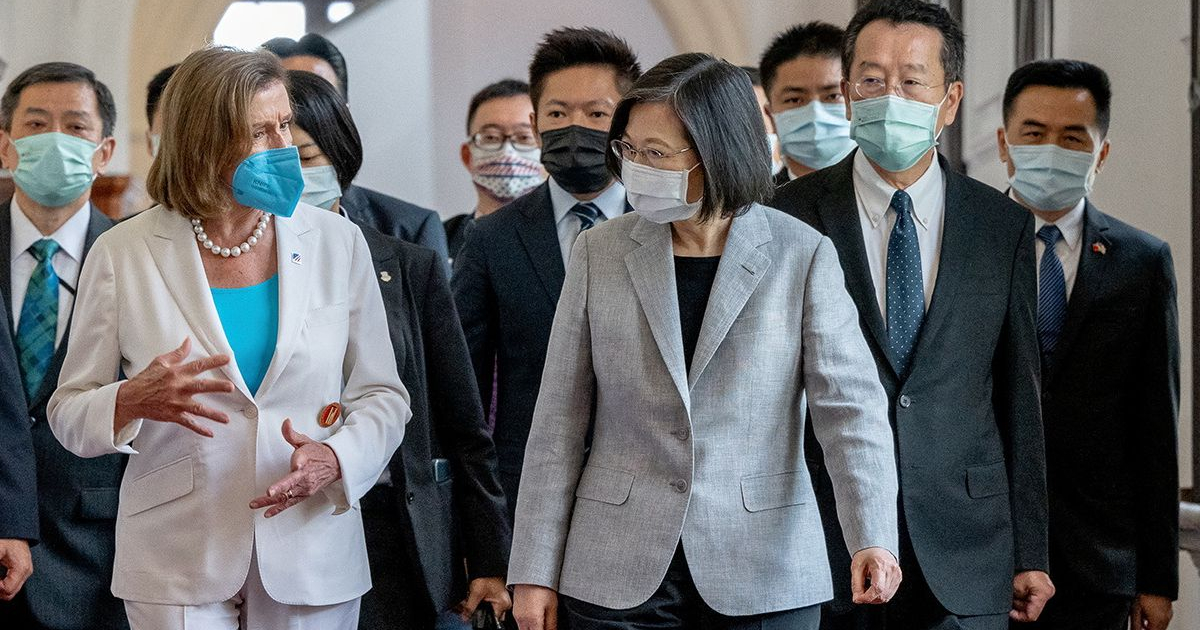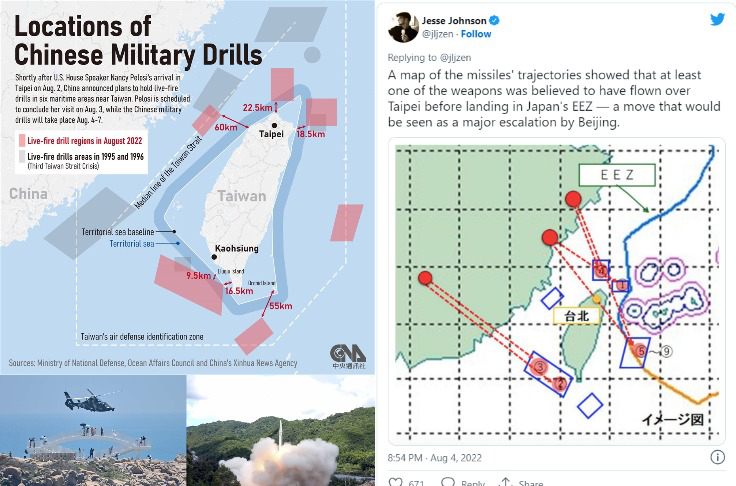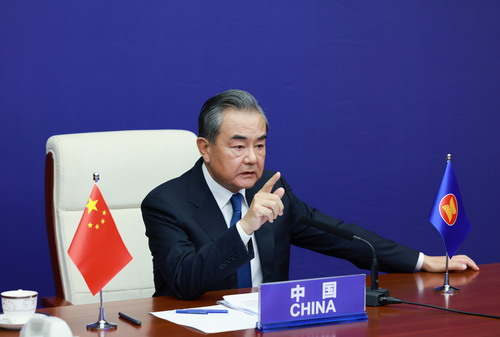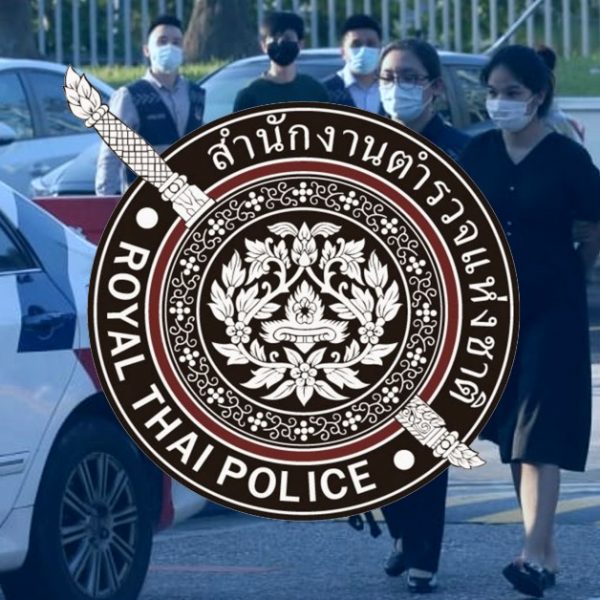There is no guarantee China would ignore for long Singapore’s military enabler and de-facto ally status with the US in the Asia-Pacific.

The Fourth Taiwan Straits Crisis and Singapore: Choosing Sides
It did not take long for China to pull the trigger on what is shaping up to be the Fourth Taiwan Straits Crisis after US House Speaker Nancy Pelosi’s whistlestop visit of Taiwan as part of her “Asia Tour” on 2 August 2022.
In its bid to play to a domestic audience baying for blood and fuelled by ultranationalistic fervour fanned by CCP propaganda under Xi Jinping, China has responded to what it describes as US provocation and violation of its “One China Policy” with unprecedented military and diplomatic moves that threaten to summarily collapse all notions of diplomatic conventions, trust, peaceful coexistence, and nonpartisan cooperation in the Asia-Pacific geopolitical theatre.
Military Response: Fire and Fury
On the military front, what fury China did not adequately display during Pelosi’s 24 hour visit to Taiwan was more than compensated by the largest set of military live-fire exercises ever conducted by China in the Taiwan Straits and international waters surrounding the island country.
An official map issued by Chinese authorities and state media marked out six military live-fire exercise zones around the entirety of Taiwan, a massive escalation of previous showing of force by the Chinese military during the previous Third Taiwan Straits Crisis in 1995 and 1996.

Latest news reports and press releases by regional national militaries in Northeast Asia paint a picture of unprecedented Chinese firepower displays, with specific focus on Chinese naval aviation and ship deployments in full sight of Chinese tourist coastline locations (providing plenty of photo opportunities for China’s domestic audience) to the live-fire exercise zones, and on Chinese strategic rocket forces firing their ballistic missiles into the seas around Taiwan. Of particular disquieting concern is China for the first time firing its ballistic missiles directly over Taiwanese land and airspace, with at least five out of nine missiles fired landing in Japan’s Exclusive Economic Zone (EEZ) for the first time in history.
The snap live-fire military drills called by China has already caused major disruption to maritime commerce around Taiwan, with some of the exercise areas deliberately held nearby key Taiwanese shipping ports and astride some of the busiest maritime trade routes leading to Taiwan, Japan and South Korea.
Furthermore, the missile firings into the airspace over the Taiwan Straits and into the seas around Taiwan have also led to various airlines (including Singapore Airlines) with routes crossing the region to cancel or divert their flights to avoid any accidental shootdowns or aerial confrontation with Chinese fighter jets.
Diplomatic Response: Escalating Rhetoric, Increasing Targets, and Throwing Tantrums

On the diplomatic front, China has demonstrated its most strident doubling down on its “Wolf Warrior” brand of aggressive diplomacy, with some of its diplomatic moves seemingly aimed at expanding its list of countries to be retaliated against over Pelosi’s visit to Taiwan.
Besides the usual diplomatic threats issued against the US and Taiwan warning them to bear consequences of any escalations in tensions in the region, Chinese diplomats have also aggressively targeted other countries such as the Group of 7 (G7) nations (comprising Canada, France, Germany, Italy, Japan, the United Kingdom, the United States and the European Union) with diplomatic statements denouncing them for supposedly ignoring US provocations over Taiwan in their warning to China against using Pelosi’s visit to the country to justify escalating military tensions in the region.
The spirit of Chinese withdrawal from any sort of meaningful and constructive diplomatic engagement was fully demonstrated by China’s announcement of cancelling interactions and dialogues with the US over the climate crisis and military engagement between the two countries.
Furthermore, the Chinese foreign minister Wang Yi also staged a walkout on various foreign ministers at an ASEAN gala dinner recently held in Cambodia, including US Secretary of State Anthony Blinken and Japanese Foreign Minister Yoshimasa Hayashi. This came shortly after Japan officially filed diplomatic protests with China over Chinese ballistic missiles landing within its EEZ.
Will Singapore Be Caught in the Crossfire over Taiwan?
Whilst current diplomatic rhetoric by China has not specifically singled out Singapore yet over its role in Pelosi’s Asia Tour or its stance on Taiwan, there is no guarantee that China would ignore for long Singapore’s important military enabler and de-facto ally status with the US in the Asia-Pacific, particularly if there are future naval escalations between both great powers in the Pacific.
As Foreign Minister Vivian Balakrishnan rightly warned at the end of the recent 55th ASEAN Foreign Ministers’ Meeting, escalating US-China tensions and geopolitical posturing have every potential in bringing forth a more divided and disrupted world, despite indications that such escalations are not always driven by a genuine desire for conflict but domestic political demands to save face and look strong.
China’s firing of ballistic missiles over Taiwan for the first time and its simulated blockade of the island with ongoing military exercises had markedly increased the risk of Singapore getting dragged into the crossfire, due to the country’s stationing of troops in Taiwan for training purposes under Exercise Starlight.
Should a hot conflict break out between China, Taiwan and the US, it is unclear how Singaporean military units based under Ex Starlight will either evacuate ahead of time or somehow maintain neutrality and self-preserve in the face of Chinese fire should they invade the island.




